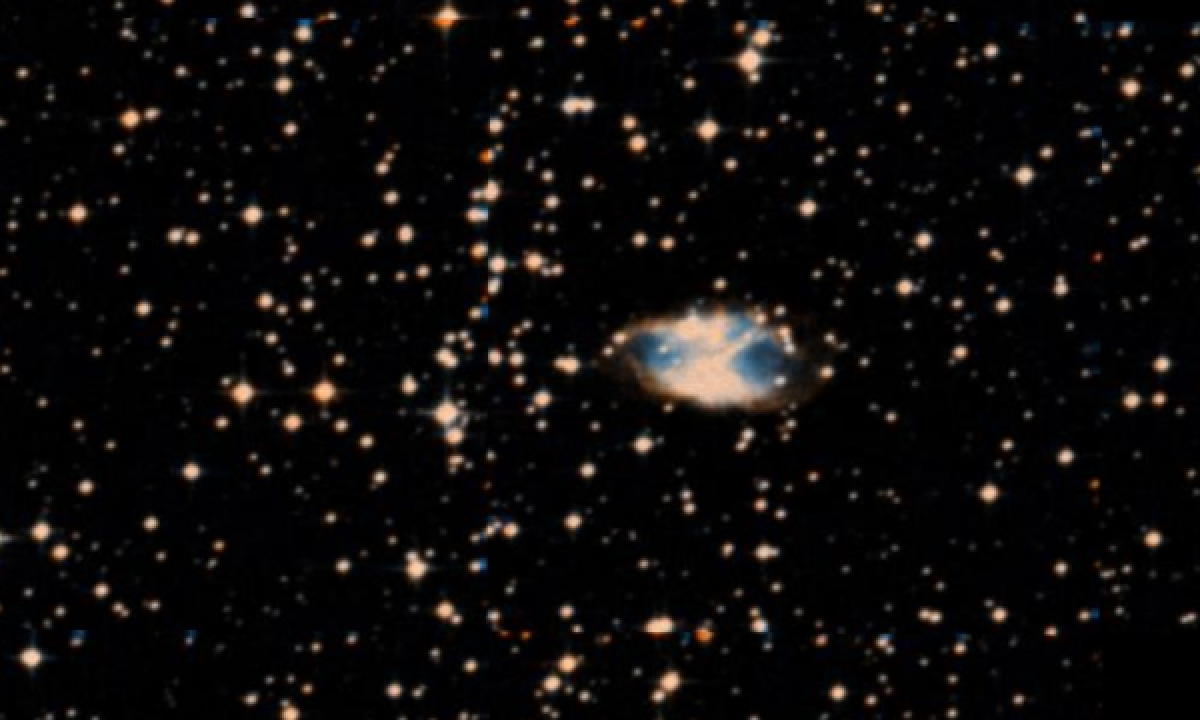The New General Catalogue of Nebulae and Clusters of Stars (abbreviated as NGC) is a catalogue of deep-sky objects compiled by John Louis Emil Dreyer in 1888. The NGC contains 7,840 objects, known as the NGC objects. It is one of the largest comprehensive catalogues, as it includes all types of deep space objects, including galaxies, star clusters, emission nebulae and absorption nebulae.
Know more about NGC
NGC 2818

NGC 2818 is a planetary nebula located in the southern constellation Pyxis (The Compass). It consists largely of glowing gases from the star's outer layers ejected during the final stages of its life when it had run out of the fuel necessary to sustain its core fusion processes. The remnants of its core will remain as a white dwarf. NGC 2818 presents a complex morphology, and overall has bipolar structure, making it a bipolar nebula. The two lobes are somewhat broken and irregular. There are also filamentary structures radiating from the center, and near the center of the nebula, several cometary knots. The mass of the nebula is estimated at 0.6 solar masses. It is about 11,000 years old. The progenitor star was likely about 2.3 times the mass of the Sun. The central star is very hot, with an effective temperature of 130 kK.
More Images:

Sources:
Wikipedia Page: NGC 2818
NGC 2818 at In-The-Sky website
